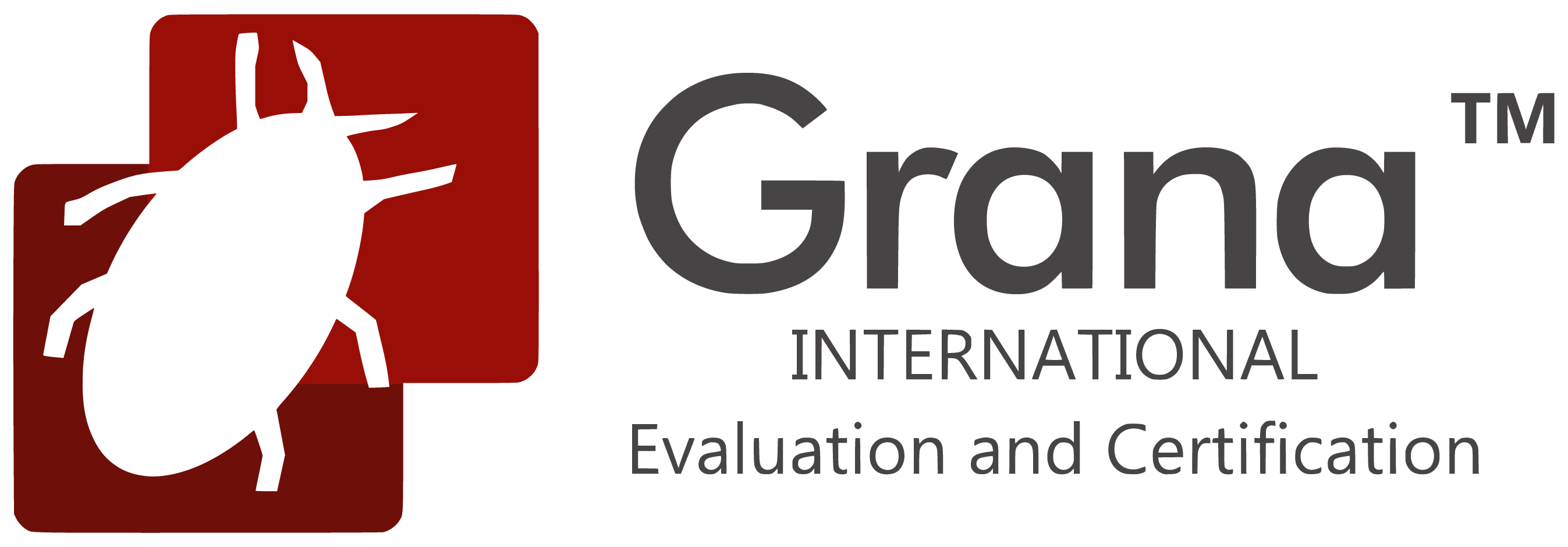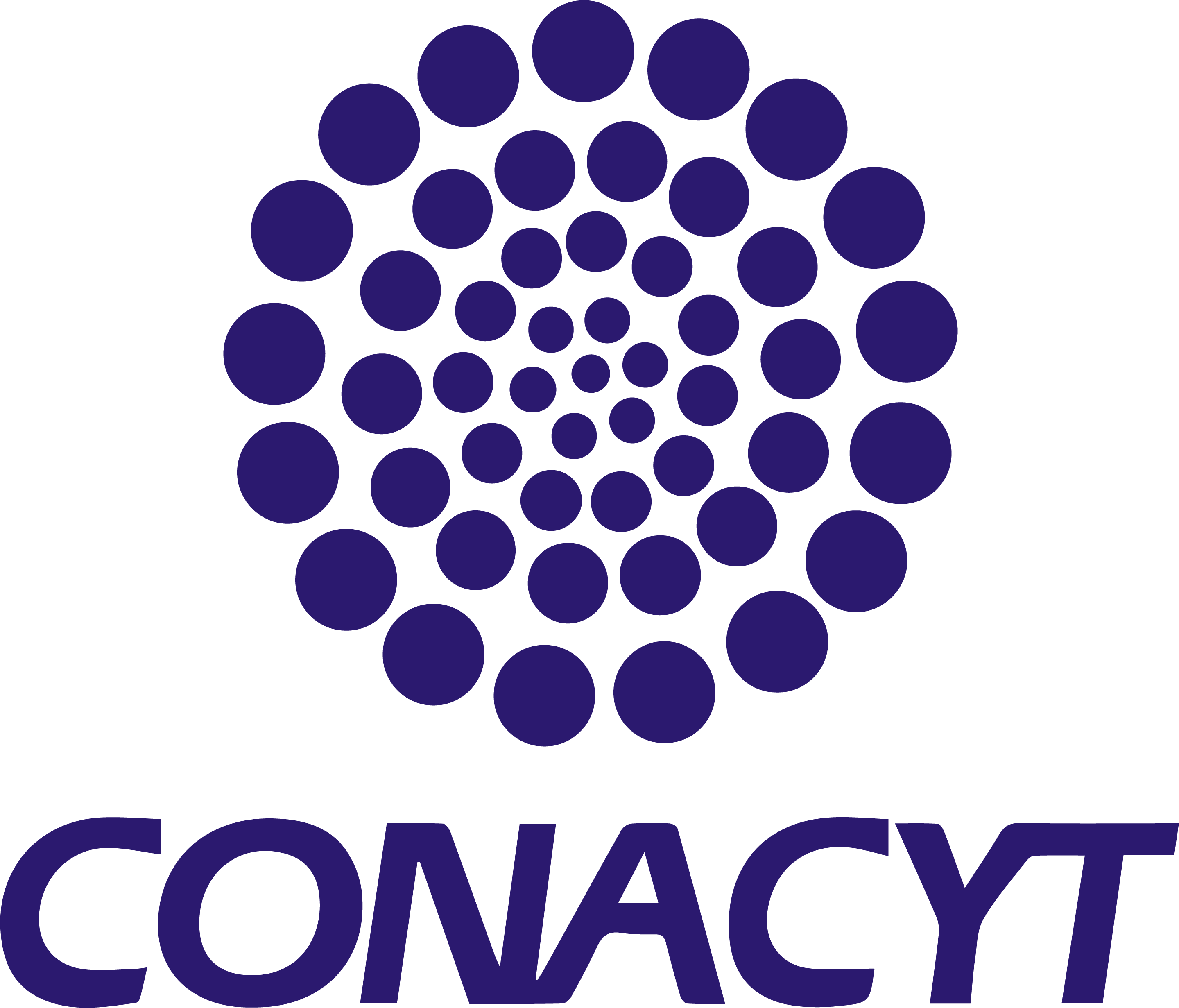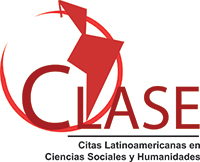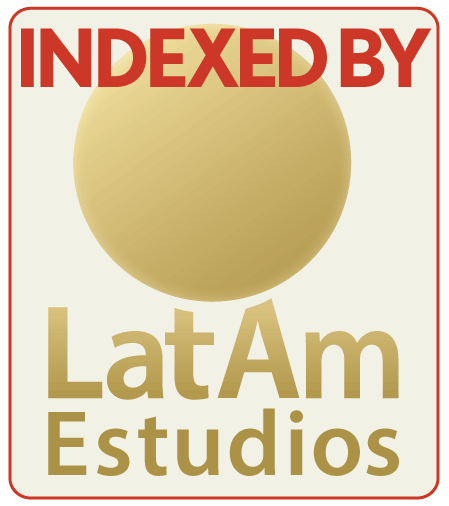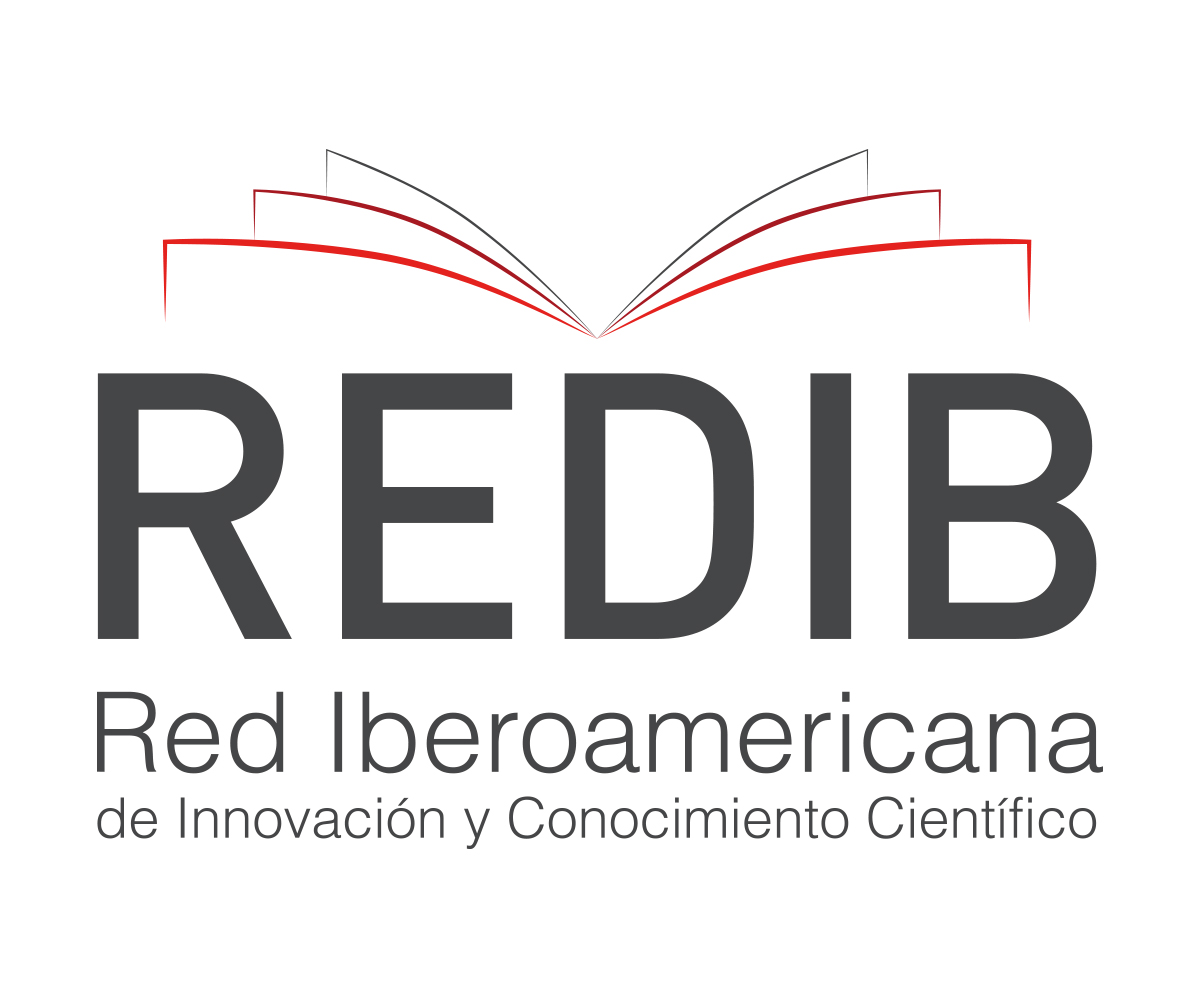Curricular Assessment of Computer Engineering from a Mexican University from the Perception of its Graduates
Abstract
The purpose of this work was to evaluate the Computer Engineering curriculum of a mexican university. From the perspective of its graduates, proposals related to the fulfillment of the objectives of the curriculum were answered; the level of academic satisfaction; and identifying career strengths and weaknesses. The evaluation was carried out using a mixed approach. For this, the CIPP model of Stufflebeam and Shinkfield (1987/2011) was applied, which its name responds to the four stages that integrates it: context, input, process and product. It should be noted that, for the purpose of the investigation, the evaluation focused specifically on the product stage. The data collection included the revision of the institutional document containing the objectives of the curriculum; the application of two questionnaires to 63 graduates; and, in addition, an interview with a focus group of 13 participants. In data analysis; based on the institutional document, a content analysis was made; based on the information obtained from the questionnaires, a descriptive statistical analysis and a sequential discourse analysis were made; from the data collected in the interview with the focus group, a sequential discourse analysis was also made. About the results, the most important finding to note is that it was shown that there is a correspondence between the achievements of Computer Engineering and the objectives listed in the curriculum. In addition, that all graduates are being prepared with most of the knowledge of a professional in this career. However, when it comes to skills and abilities, graduates of Systems Software orientation are being adequately prepared; In the Digital Systems orientation, this does not happen since there is no correspondence between the graduation profile achieved by the graduates and what is established in the curriculum. Furthermore, it was shown that graduates are developing attitudes and values described in the curriculum. Regarding academic satisfaction, the graduates expressed having had a good experience studying the degree. Finally, they were identified; as career strengths, the design of the curricular mesh and professional practices; such as weaknesses, aspects related to the teaching staff and equipment and infrastructure.
Downloads

This work is licensed under a Creative Commons Attribution 4.0 International License.
In order to promote the development and dissemination of research in education in Latin America, the Ibero-American Journal for Educational Research and Development (RIDE) adhered to the Budapest Open Access Initiative, which is why it is identified as a Open access publication. This means that any user can read the complete text of the articles, print them, download them, copy them, link them, distribute them and use the contents for other purposes. Creative Cummons licenses allow users to specify the rights to use an open access journal available on the Internet in such a way that users know the rules of publication. Authors who publish in this journal accept the following conditions: Authors they keep the author's rights and give the magazine the right of the first publication, with the work registered with the attribution license of Creative Commons, which allows third parties to use the published material whenever they mention the authorship of the work and the first publication in this The authors can make other independent and additional contractual agreements for the non-exclusive distribution of the version of the article published in this journal (eg, include it in an institutional repository or publish it in a book) as long as they clearly indicate that The work was published for the first time in this magazine. Authors are allowed and recommended to publish their work. low on the Internet (for example on institutional or personal pages) before and during the review and publication process, as it can lead to productive exchanges and to a greater and faster dissemination of the published work


